The Squat is one exercise that elicits emotion for many. Some hate it while others sing its praise. What’s the deal with the squat?
The exercise is either one of the most practical ways to build functional leg strength or the bain of knees and backs everywhere. Here is a story that highlights the depth of the myths surrounding the exercise.
Recently, I mentioned doing kettlebell racked front full squats to a medical doctor. The doctor squirmed and said that I should be careful not to damage my knee. I asked what part of the movement he felt was not safe for the knee. He said they are fine if you are careful to never go below parallel. I asked for more clarification, by asking about angles of the shin, hip, or torso. He said those didn’t matter, the critical movement in his mind was when the thigh drops below parellel. At that point he said the knee is positions so bone rubs on bone causing damage.
Squat History or One Man’s Crusade Against Squatting
To understand the demise of the squat we need to go back to the 60s. Meet Dr. Karl Klein from the University of Texas. (Well actually you can’t meet him since he died in 2004 according to The Alcolade, the alumni magazine from the University of Texas.) Dr. Klein left a tremendous mark on exercise science. It is the evidence from his research back in the 60s that doomed the squat. It still surprises me how much long information lasts; even in light of subsequent research disproving it.
Dr. Klein’s research used questionable techniques to study the tightness, or looseness, of the knee joint in different exercises. He concluded that deeply bending the knee was the source of significant damage. I found an article entitled The Knee Is Not For Bending from an issue of Sports Illustrated in 1962 that had some great quotes:
The unacknowledged leader of the abolitionist movement and the provider of most of the damning statistics is an associate professor at the University of Texas who has studied the knee for 20 years. … He has invented a calibrated instrument to measure its pitch and yaw, and apparatus to strengthen it.
“anything below a half knee bend,” he says glumly, “is useless and ruinous.” A finer endorsement of Klein’s position, without strings, came in the August issue of the Journal of the American Medical Association. The AMA “generally disapproved” of deep knee exercises, and spoke darkly of their “potential for severe injury (medial cartilage deterioration) to the internal and supporting structures of the knee joint.”
Strong words. Strong words that are still being repeated 50 years later.
But there is a problem. The problem is that those words appear to be incorrect.
The slander of the full squat appears to be the result of one man’s crusade to end its use. He nearly won.
Disproven after only ten years; but the myth continues
First I discovered that there was another study done ten years after Klein’s findings. This study was done by EJ Meyers and was published in 1971 Effect of selected exercise variables on ligament stability and flexibility of the knee. The paper was quoted here:
For instance, 10 years after Klein’s study, Meyers et al reproduced the study using the same mediolateral collateral ligament testing instrument to measure collateral ligament stability with completely different findings. In this 8 week study, sixty-nine subjects were randomly assigned different groups involving variations of the deep and parallel squat. The researchers found no significant differences in collateral ligament instability and knee joint flexibility within any of the treatment groups. Contradictory to Klein’s oft-referred study, the study by Meyers et al found that both the deep squat and parallel squat were not detrimental to knee stability
Crazy when you think about it. Another team used the same equipment and the same approach, only they came to the exact opposite conclusion.
Modern Research
First let me start with a mild disclaimer. The knee can suffer damage. The problem appears to be that it was wrongly associated with the deep bending involved with the squat. When there is preexisting damage to the knee, even proper execution of the full squat can aggravate that damage. That doesn’t mean that it should be avoided; only the exercise should be done carefully with proper form and appropriate loads.
So what does the research say? Squats don’t weaken the knee and actually provide an excellent way to rehabilitate and build strength in the legs.
An article from Peak Performance had the following to say about a current study done at the University of Alabama in 1989:
In that work, the knees of 100 male and female college students were measured for stability using a knee ligament arthrometer during nine different tests (‘The effect of the squat exercise on knee stability’, Medicine and Science in Sports and Exercise, Volume 21 (3), pp. 299-303, 1989). Over an eight-week training programme, individuals who carried out various squatting exercises did not develop reduced knee stability, compared to non-squatting controls. To assess the effects of longer-term squat training, the researchers examined 27 male powerlifters (14 of whom were rated elite or master class) and 28 male weightlifters (eight of whom were elite or master class) using the same tests. As it turned out, the knees of powerlifters and weightlifters were actually significantly LESS lax than those of control individuals during tests of knee-joint flexibility. When the data on powerlifters and weightlifters were also analyzed according to years of experience and skill level, no negative effect of squat training on knee stability was demonstrated in either of the groups tested.
The article goes on to discuss how the squat provides safer rehabilitation for ACL injuries compared to other forms of exercise (i.e. leg extension, leg press).
The most concise summary of modern research that I was able to find was published by the National Strength and Conditioning Association. They published a position statement The Squat Exercise in Athletic Conditioning back in 1991 that collects evidence from many sources and provides an excellent analysis on the exercise’s benefits and addresses some of the myths still spread by Klein.
The NSCA Position Statement lists these Nine points about the Squat:
- Squats are not only safe, but may be a significatn deterrent to knee injuries
- Squats can be an important component of sports training and can considerably enhance performance
- Excessive training, overuse injuries and fatigue-related problems do occur with squats. The likelihood of such injuries and problems is substantially diminished by good form and program design.
- The squat exercise is not detrimental to knee joint stability when performed correctly.
- Weight training, including the squat exercise, strengthens connective tissue, including muscles, bones, ligaments, and tendons
- Proper form depends on the style of the squat.
- While squatting results in high forces on the back, injury potential is low with appropriate technique and supervision
- Conflicting reports exist as to the type, frequency and severity of weight-training injuries.
- Injuries attribted to the squat may result not from the exercise itself, but from improper technique, pre-existing structural abnormalities, other physical activities, fatigue or excessive training
What stuck out to me most in the NCSA Position Statment on Squats is that form and technique was mentioned in 6 out of 9 points. Form matters with the squat. Stay tuned for more posts on proper squat form in the near future.
Bullet Proof Knees
Proper form is essential with the squat. All too often people experience typical medical advice that I received, avoid squatting. But just don’t believe it. The hatred and misinformation about squats is based on faulty research from over 50 years ago. Current research says performing the squat can actually build knee strength.
One resource I found is from Mike Robertson. He has collected some great information in his Bulletproof Knees product. Mike speaks from experience: both experience as a strength and conditioning coach, but also as someone who has been there with knee-pain. Mike tore his lateral meniscus while skiing. During his rehabilitation he found … nothing but misinformation, so he set out to determine the fastest road to recovery possible.
By following his own program his knee has recovered to 100%.
Squat – Don’t believe the Misinformation
The squat is an excellent exercise and should be part of any training program, with proper form and programming. Don’t believe the misinformation; just squat.
And I’m not talking about how to use a Japanese style toilet, either.
Flush the misinformation and stick with the truth. Squats are good, good for your legs, back, and core. They can actually strengthen your knees, when done properly.
Let’s Hear Your Thoughts on Squats
What have you heard? What have you experienced? Share your thoughts on squatting, leave a comment. Like, tweet, or G+ share this with others – don’t let the squat-haters any love. Share the truth about squatting.
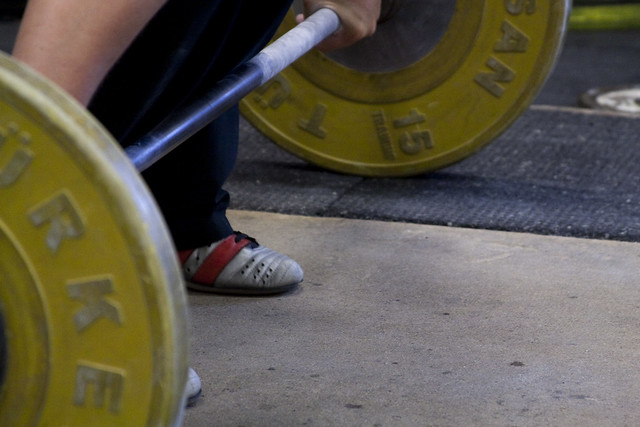

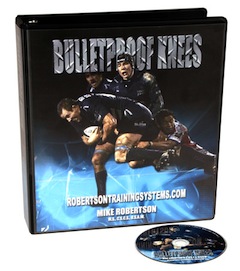


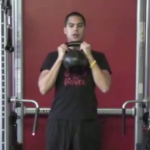
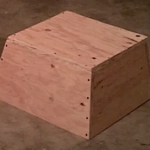

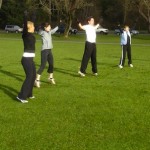
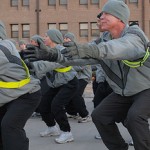
Want to discuss? Join the conversation CubeDwellerFitness's Facebook Page.